First of all, a modified version of your service.
a )
var app = angular.module('app',[]);
app.factory('ExampleService',function(){
return {
f1 : function(world){
return 'Hello' + world;
}
};
});
This returns an object, nothing to new here.
Now the way to get this from the console is
b )
var $inj = angular.injector(['app']);
var serv = $inj.get('ExampleService');
serv.f1("World");
c )
One of the things you were doing there earlier was to assume that the app.factory returns you the function itself or a new'ed version of it. Which is not the case. In order to get a constructor you would either have to do
app.factory('ExampleService',function(){
return function(){
this.f1 = function(world){
return 'Hello' + world;
}
};
});
This returns an ExampleService constructor which you will next have to do a 'new' on.
Or alternatively,
app.service('ExampleService',function(){
this.f1 = function(world){
return 'Hello' + world;
};
});
This returns new ExampleService() on injection.
